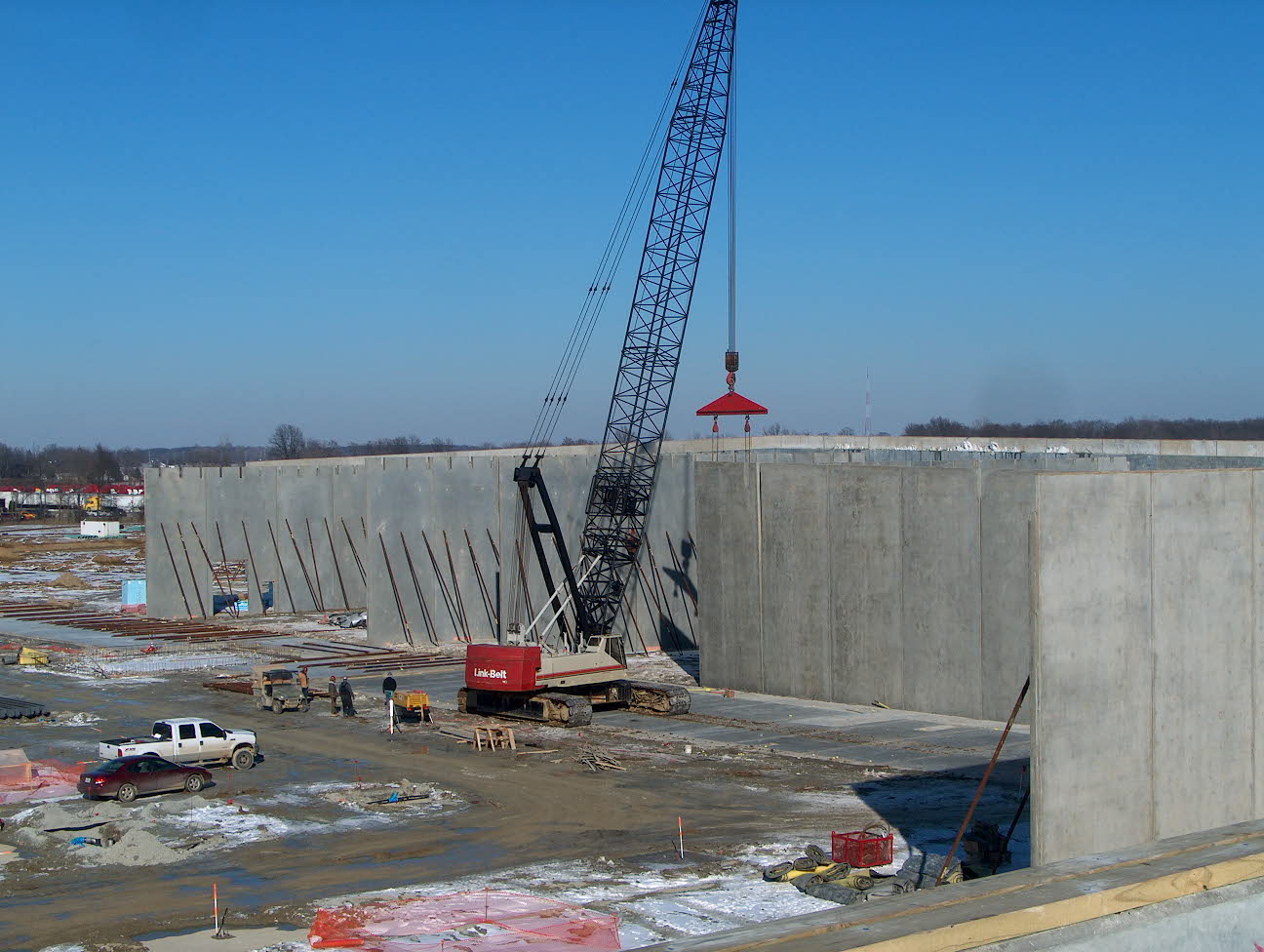Preliminary discussions with your food processing plant architects should include a thorough discussion of your sales and marketing goals. Your plant’s specific products, product mixes (including future products), and production volume all impact decisions made during the design process.
Here are some of the specific design issues impacted by product, product mix and volume:
Product
- Site selection — Your product’s waste stream may dictate your site selection to a large degree. For example, meat plants produce a significantly different waste stream from a bakery. Many municipalities don’t have the facilities to process the high level of waste from a meat plant, which may drive site selection.
- Materials — The product sanitation requirements will play a large role in the materials selected for use within the plant. Meat plants require frequent wash downs, stronger cleaning chemicals, and temperature control, so stainless steel is often used in work areas. Bakeries, on the other hand, working with dry ingredients and fewer sanitation requirements, can select from a wider range of materials for processing areas.
- Equipment — Dry ingredients, such as flour or sugar, can automatically be transferred via more continuous systems, while meats are often moved in bulk via stainless steel vats or other manual methods. This impacts workflow and room layouts, as moving product with vats often requires refrigerated corridors, vat wash areas, and larger processing spaces.
Product Mix
- Sanitation — If your product mix includes allergens, you may need separate process areas for allergen and non-allergen production areas. Alternatively, work areas may require frequent changeovers, which impact water and steam requirements including utility distribution, volume, and pipe sizing, as well as the actual utility generation systems themselves (quantities and/or sizes).
- Packaging — Many plants are now expanding their packaging options to meet consumer desires. A variation in package sizes, such as bulk and individual, require completely different packaging lines and, therefore, impact compressed air and electrical load profiles.
- Hygienic zones — Plants that handle both raw and ready-to-eat (RTE) products must have separated hygienic zones ensuring appropriate filtration levels as required, and no air movement from the raw side to the RTE side. Likewise, dry ingredients and packaging areas often require humidity control, which also dictates separated hygienic zones.
- Separation of lines — Plants with a risk of cross-contamination that run multiple products at the same time need fully separate production lines with each line having its own HVAC and/or refrigeration system. This full separation also allows for sanitation on a given line while other lines remain in production.
- Welfare areas — Plants that handle both raw and RTE products are better served to provide fully separated entrances, welfare facilities and point-of-entry clean rooms for workers.
Production volume
- Redundancy — A high-volume production plant with a single product is often designed to run 24/7. Therefore, equipment redundancy is important to ensure there are no operational downtimes.
- Multiple operational lines — High production of a single product may be spread across multiple processing lines for efficiency, which helps spread the plant’s load requirements. Running multiple lines with different products presents another set of design challenges to accommodate frequent changeovers and wash downs.
- Design for peak demand — Food processing plants should be designed with peak demand in mind, not for a steady operational state. For example, considering a plant’s total water consumption, the vast majority of that water is likely required during a peak demand driven by clean-in-place (CIP) operations, sanitation, wash down, and refilling use tanks. This results in a large demand in short intervals and the associated utility system should be designed to accommodate this accordingly.
If you’d like to learn more about how these aspects of your product affect your plant’s design, email us at foodforthought@stellar.net and foodforthought@stellar.net.



